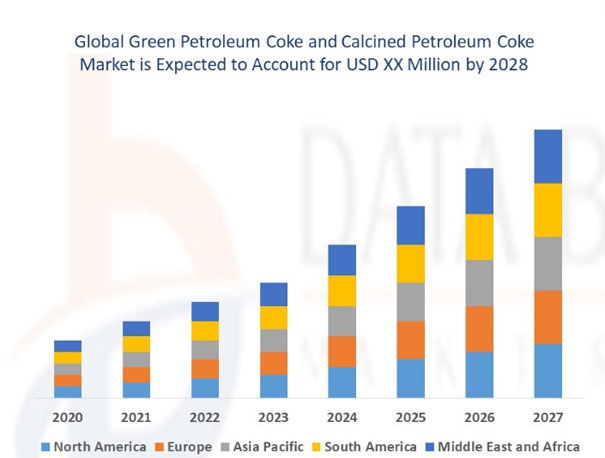
Pet Coke, also known as calcined oil coke and a byproduct of oil refining plants. This coke contains over 90% carbon, and its calorific content is more than double the value of coal. In many industries, its low price and high output make it an attractive alternative to coal. It is predicted that the market for the calcined Petroleum Coke (CPC) will increase substantially over the next 10 years due to the increasing investment of the governments in Asia-Pacific.
Price volatility on the calcined coke is caused by an imbalance between demand and supply. Major players have used various strategies, such as acquisitions and R&D to gain a larger share of the market. The demand for calcined petroleum coke is driven by the growing investments in industrial projects in nations such as China and India. These countries are also experiencing an increase in population, which is driving the need for more residential and business construction.
Despite the volatile price fluctuations, the calcined petroleum coke market is expected to witness significant growth in the future. The growth is mainly driven by the increasing consumption of petcoke in the region, as it is used for producing steel and other metal-related products. A second factor that drives the growth in the market is the restart of oil production from Venezuela. The resumption of the operations in the country is expected to increase the demand for petcoke, which in turn will boost the growth of the calcined petroleum coke market.

Pet Coke's price in Europe has remained steady during the fourth quarter of 2022. This is due to a balance that exists between demand and availability. Pet Coke in Europe was supported by the constant demand of the construction industry, but the shortages of tons played a significant role. Aside from this, the European Market also saw a boost in prices due to the stabilization and reduction of costs for imports.
On the other side, the price for calcined Petroleum Coke fell in Asia. China's construction sector was the main reason for the drop in price, with offices and plants closed due to Chinese Lunar New Year. South Korea which imports petroleum coke primarily from China experienced a trend similar to that of China.
In North America, the price of calcined petrol coke increased due to an increase in demand. Inflation in crude oil upstream prices, as well as soaring shipping costs were the main factors behind this price rise. In addition to this, Hurricane Ida's shipping problems pushed up the prices.
In addition, after West Coast dock workers and ports signed a six year agreement, the cost of CFR Santos (Brazil), calcined petroleum coke grade was reduced. This agreement removed uncertainties from 29 ports in California and Washington. The agreement is anticipated to have positive effects on the North American market for calcined oil coke. But the rising cost of coal could hamper growth in the calcined cock market. The cement and metal industries, the two major users of calcined petrol coke, are likely to be affected.

Write a Message